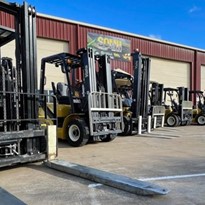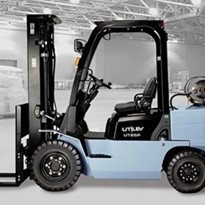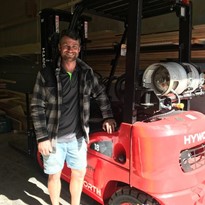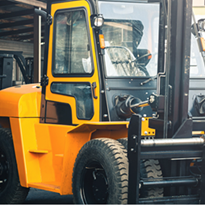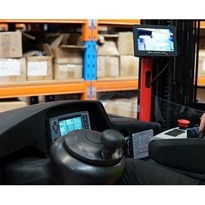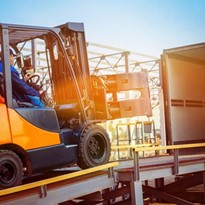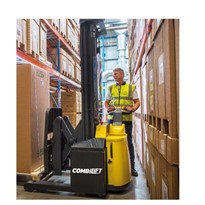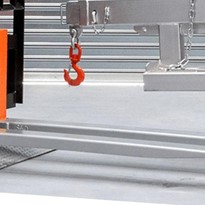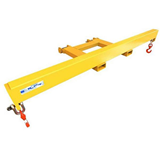Selective Racking
Selective Racking is only one pallet deep; with a maximum of two racks which are able to be placed back to back.

Selective Pallet Racking provides direct access to every pallet in storage. For low turnover volume & high differentiation product lines this type of racking is a must. This means it’s a First In First Out (FIFO) racking type (meaning the stock added in first is also removed first). This means that pallets are inaccessible until all the newer stock is removed. FIFO ensures that perishable or short shelf life SKU’s are able to be turned over quickly and effectively.
The type of forklift that would be required in this situation would also depend on the width of the aisles. You could use a counter balance forklift, reach truck or articulated forklift.
Double Deep Racking
Double Deep is similar to selective racking; but pallets are now stored two rows deep instead of one. This type of racking requires specialised pallet handling equipment using either a specialised forklift or a standard unit with a double deep handling attachment.
The most common forklift used for double-deep handing is a reach truck. However, a disadvantage of obtaining a reach truck for this situation is that they also require a counterbalance for loading and unloading the pallets from a truck. This can result in a doubling of capital investment requirements for your pallet handling equipment.
Another option is articulated forklifts which are able to work in double deep narrow aisles while still doing the job of a counter balance by loading/unloading from a truck. Therefore, this may be a more economical decision for your business.
Cantilever Racking
Cantilever is defined as “a beam anchored at one end only”. The load is held by the arm which transfers the load to the supporting upright beam/base. This type of racking is primarily used for the storage of bulky, oversized, long loads such as timber, plasterboard, steel trusses & piping, or PVC carpet.
For Cantilever Racking, long load handling equipment is best utilised. Counter balanced forklifts, side loaders and multi-directional forklifts are the most commonly used forklifts for this type of racking situation.

Drive In Racking
With drive-in racking, pallets are placed so they can slide backwards on a rail, thus storing them more deeply and creating more space in the warehouse. Drive-In Racking involves the forklift entering the racking from one side to load or retrieve the pallets which are stored more deeply. This type of racking allows for very dense storage which is ideal for SKU’s with high pallet quantities. It also prevents product crushing, and offers damage free storage.
There are two ‘drive in’ racking options; the first is single entry racks, which involve racks that have forklift access to one side only. The second is double entry racks, which involves racks where forklifts can access both sides of the racking structure.


For this racking situation, conventional counter balance forklifts are appropriate to perform all your warehousing needs.
Gravity Flow Through Racking
Flow Through Racking allows for fast rotation of pallets and is the best racking method to employ for businesses that have large batches of the same SKU. Pallets are essentially fed through one side and retrieved from the opposite side. Pallet flow through can be used as buffer storage in staging areas, production, goods reception and dispatch. Pallet accessibility is on a First In First Out (FIFO) basis and the system uses gravity to gently keep pallet loads staged for picking.
A variety of forklifts suit this type of racking style. Other factors regarding your warehousing needs will need to be assessed in order to determine the most appropriate forklift for your particular application.
Powered Mobile Racking
Powered Mobile Racking is an electrically powered racking storage bank involving a framed motor base with wheels that move along floor rails with the press of a button or a remote control. Each racking shelf remains compacted until they are required to be accessed and are opened through creating an aisle space in between the two racking blocks. This aisle space is only required between each racking shelf when the racking is being accessed.

This type of racking is best used when limited space is present and it also allows for FIFO (First In First Out) racking selection. This is ideal for perishable goods that require cold storage and no specialised forklift is required.
Finally, it is worth considering what sort attachments for forklifts are available and if they would aid your particular operation. Choosing the right attachment for the right application can increase productivity of logistics handling dramatically. There are hundreds of different configurations and designs available on the market.
We hope this 3 part Buyers Guide has aided your decision making process or perhaps shed some light on which forklifts may suit your individual operation. For more information or assistance, call us at Adaptalift Hyster on 1300 880 335 or visit our website Adaptalift Hyster Forklifts


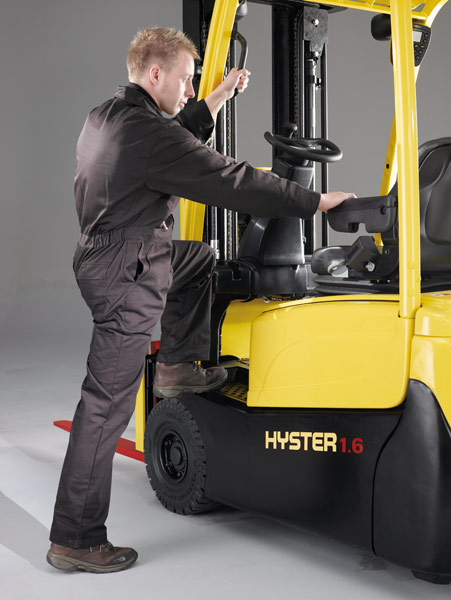







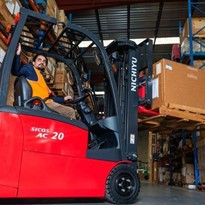
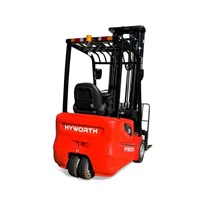
-205x205.jpg)
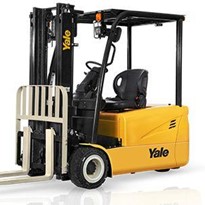
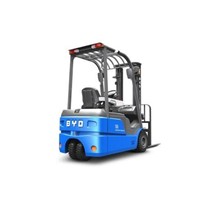
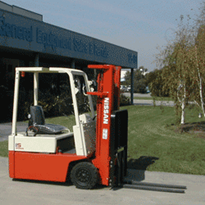
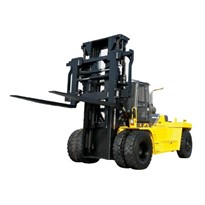
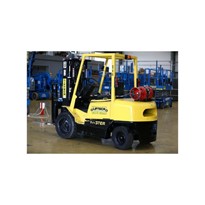
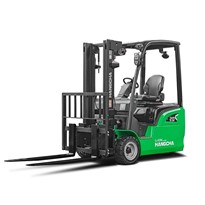
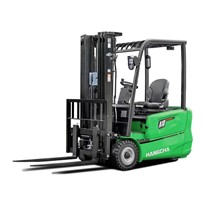
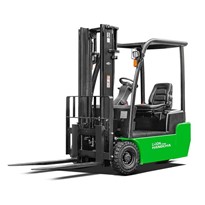
(1)-205x205.jpg)
